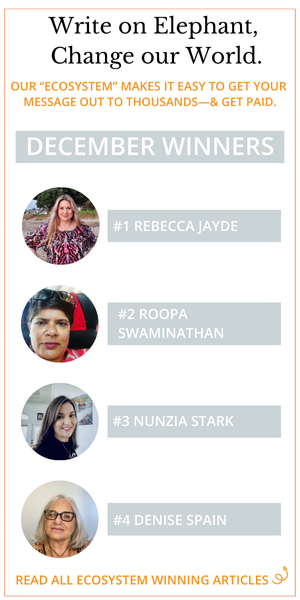Creativity is a skill that is often undervalued in the workplace. This blog post will focus on three key elements of creative problem solving: imagination, divergent thinking, and convergent thinking. Understanding these concepts can help you become more creative when faced with difficult decisions or issues at work!
Clarify and Identify The Problem
First, you need to clarify and identify the problem. This is often a difficult step as people tend to jump straight into brainstorming ideas before fully understanding their goal or aim for this project.
Brainstorm Ideas. Creativity involves generating lots of different solutions for your specific issue/problem. Try listing out all possible options without judgment or evaluation.
Evaluate and Choose. After brainstorming, you can evaluate each idea through a series of criteria, such as how realistic it is or whether it fits with the project’s budget. You should choose an option that best addresses your goal for this particular task. It may not be possible to do everything on your original list, so it is essential to consider what you want the project’s overall outcome to be and choose options that fit with this.
Research the Problem
You should also consider doing some research into your options and the process of implementing them. This may involve looking at other similar projects, speaking to individuals who have experience in this area, or finding out more about what is feasible given the time frame/budget you are working with. According to the article The Basics of Creative Problem Solving it is better to research the problem.
Formulate Creative Challenges
You should also consider how to formulate creative challenges from your chosen option. These may involve finding out what is stopping this process from working as well as it could, asking others for their suggestions, or brainstorming alternatives to your original options.
Generate and Combine Ideas
Finally, you should generate and combine different ideas from your brainstorming sessions. This will provide a range of options to choose from and provide inspiration for other projects or issues that may arise in the future!
Draw a Plan
After you have chosen the best option for your project, draw up a plan to implement it. This should include key milestones and an estimated timescale and budget involved.
Execute Plan
Once you have drawn up your plan, it is time to implement it. You should monitor progress against the milestones set out in your initial strategy and make any adjustments that are needed along the way.
Originally published on JamesFKenefick.com on December 6, 2021











Read 0 comments and reply